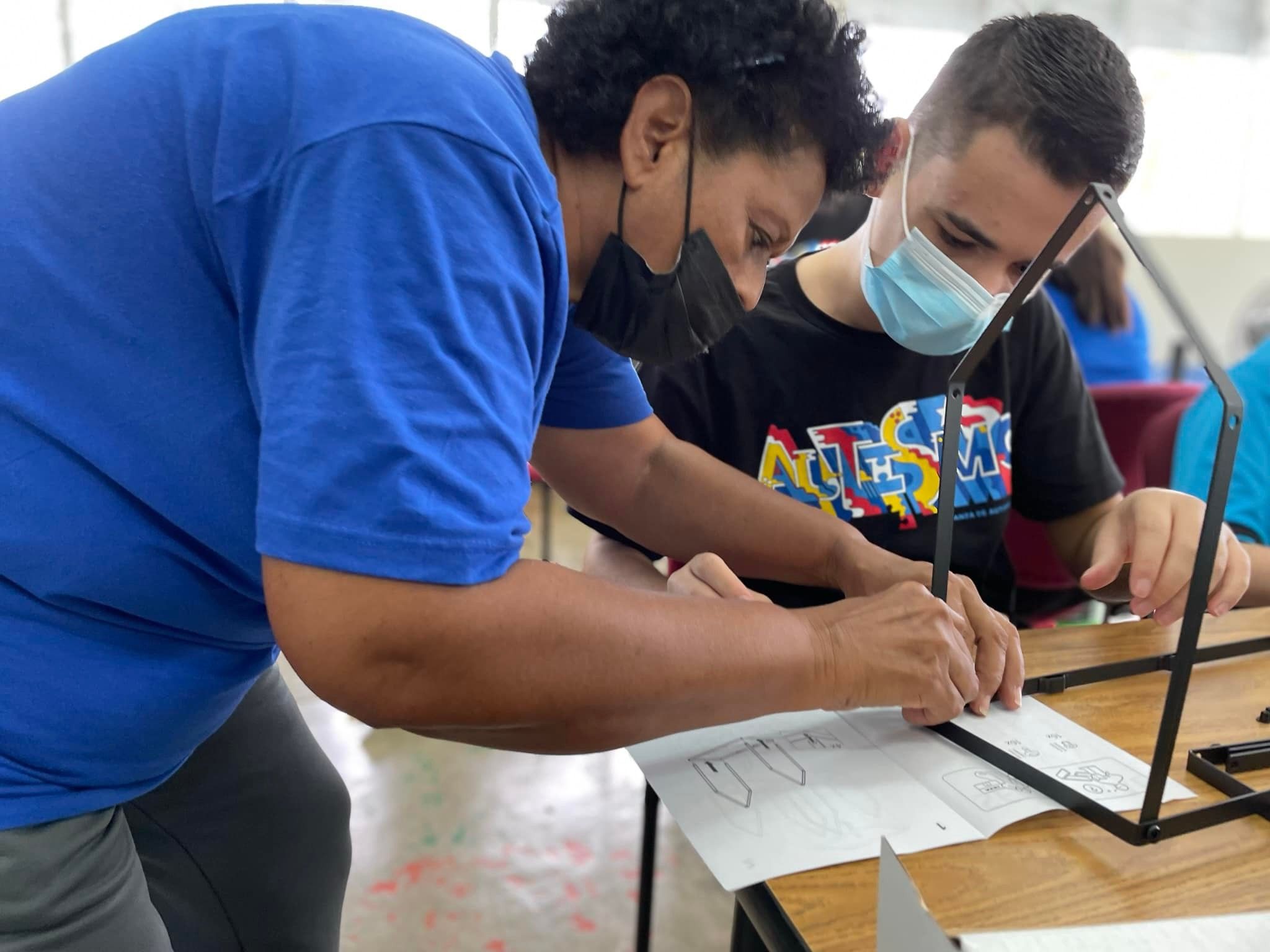Classroom management is crucial for creating a conducive learning environment. Here are some new and innovative ideas for effective classroom management:
1. Flexible Seating
Implement flexible seating options that allow students to choose where they work best. This could include bean bags, standing desks, floor cushions, and traditional desks. Allowing students to choose their seating can increase comfort and engagement.
2. Mindfulness and Meditation
Incorporate short mindfulness or meditation sessions at the beginning or end of class. These practices can help students manage stress, improve focus, and create a calm classroom atmosphere.
3. Gamification
Use gamification techniques to make learning and behavior management fun. Create a classroom points system where students earn points for positive behavior, participation, and academic achievements, which can be redeemed for rewards.
4. Student Leadership Roles
Assign students specific leadership roles or responsibilities in the classroom. Roles could include tech helper, materials manager, line leader, or peer mediator. This gives students a sense of ownership and responsibility.
5. Restorative Practices
Implement restorative practices to address conflicts and behavioral issues. This involves guided conversations where students can express their feelings, understand the impact of their actions, and work together to find solutions.
6. Interactive Technology
Incorporate interactive technology like classroom management apps (e.g., ClassDojo, Seesaw) to track behavior, communicate with parents, and provide instant feedback. Interactive whiteboards and tablets can also be used for engaging activities.
7. Personalized Learning Plans
Create personalized learning plans that cater to the individual needs and strengths of each student. This approach can help keep students motivated and on track, reducing behavioral issues related to frustration or boredom.
8. Collaborative Learning
Encourage collaborative learning by organizing students into small groups for projects and activities. This fosters teamwork, communication skills, and peer support.
9. Clear and Consistent Expectations
Establish clear, consistent expectations and consequences. Ensure that rules are understood and consistently enforced. Use positive reinforcement to encourage adherence to classroom norms.
10. Positive Behavior Support Systems
Develop a positive behavior support system that focuses on rewarding good behavior rather than punishing bad behavior. Use praise, certificates, and small rewards to acknowledge and encourage positive actions.
11. Sensory Breaks
Incorporate sensory breaks into the school day, especially for younger students or those with attention difficulties. Short breaks for stretching, movement, or sensory activities can help students refocus and stay engaged.
12. Inclusive Practices
Adopt inclusive classroom practices that cater to diverse learning styles and needs. This could include differentiated instruction, using visual aids, and ensuring that all students feel valued and included.
13. Class Meetings
Hold regular class meetings where students can voice their concerns, suggest improvements, and discuss any issues affecting the classroom community. This promotes a sense of belonging and collective responsibility.
14. Themed Days
Introduce themed days to break the routine and keep students excited about coming to school. Themes could be related to subjects being studied, cultural celebrations, or fun activities like "Crazy Hat Day."
15. Parental Involvement
Increase parental involvement by keeping open lines of communication and inviting parents to participate in classroom activities or volunteer. Engaged parents can support classroom management efforts and reinforce positive behavior at home.
By integrating these innovative strategies, teachers can create a dynamic and supportive learning environment that fosters student engagement, cooperation, and success.
